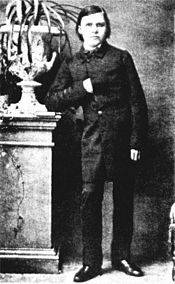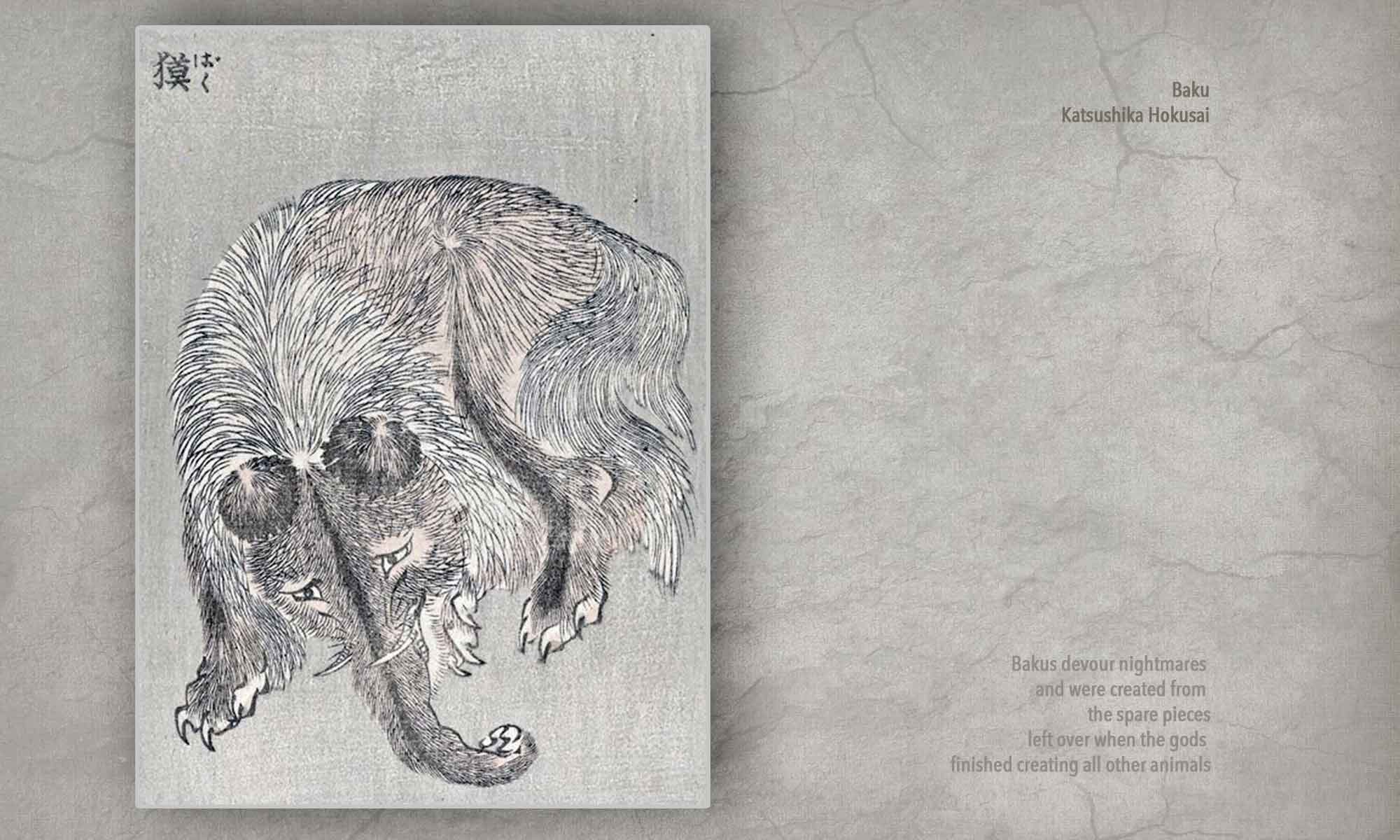 In Ronald Hayman’s 1980 biography Nietzsche: A Critical Life, he mentions two dreams that came to Friedrich Nietzsche early in his life.
In Ronald Hayman’s 1980 biography Nietzsche: A Critical Life, he mentions two dreams that came to Friedrich Nietzsche early in his life.
1. “I heard the church organ playing as at a funeral. When I looked to see what was going on, a grave opened suddenly, and my father arose out of it in a shroud. He hurries into the church and soon comes back with a small child in his arms. The mound on the grave reopens, he climbs back in, and the gravestone sinks back over the opening. The swelling noise of the organ stops at once, and I wake up.”
Quoted in Ronald Hayman, Nietzsche: A Critical Life (Penguin, 1980), p. 18. Nietzsche had the dream at the age of 5, at the end of January in 1850, six months after his father, a Lutheran pastor, died from a long and painful “softening of the brain.” Nietzsche’s description continues: “In the morning I tell the dream to my dear mother. Soon after that little Joseph [Nietzsche’s infant brother] is suddenly taken ill. He goes into convulsions and dies within a few hours.”
2. “He saw the parsonage lying in ruins and his grandmother sitting alone among the debris. Waking up in tears, he was unable to sleep any more.”
From Hayman, p. 32. Nietzsche had this dream the night of August 2, 1859, when he was 14 years old, after a big family party celebrating the 70th birthday of his grandfather, a Lutheran pastor like his father. Hayman’s account continues: “In the morning he told Elisabeth [his sister] and his mother, who said neither of them must talk about the dream. Always robust, their grandfather was still in good health. But before the summer was over he caught a bad chill, which developed into influenza. By the end of the year he was dead.”
These two dreams prefigure Nietzsche’s later philosophy in several ways. They express a profound appreciation for the terrifying power of the unconscious, a tragic sense of fate and mortality, an openness to insights from “irrational” sources of knowledge, and a spiritual struggle with the death of God, the church, and His representatives on earth.
Hayman’s biography helps us see how Nietzsche’s early dream experiences gave fuel to the coming explosion of philosophical creativity. In 1870, as a 25-year old professor at Basel University, he wrote in his notebook, “In one half of existence we are artists—as dreamers. This entirely active world is necessary to us.” (p. 135)
These notes served as the basis for The Birth of Tragedy (1871), Nietzsche’s first published book. The opening section of this work lays out an understanding of art, philosophy, and history that centers on the creative power of dreams.
“The beautiful illusion of the dream worlds, in the creation of which every man is truly an artist, is the prerequisite of all plastic art, and, as we shall see, of an important part of poetry also. In our dreams we delight in the immediate understanding of figures; all forms speak to us; there is nothing unimportant or superfluous. But even when this dream reality is most intense, we still have, glimmering through it, the sensation that it is mere appearance; at least this is my experience, and for its frequency—indeed, normality—I could adduce many proofs, including the sayings of the poets….And perhaps many will, like myself, recall how amid the dangers and terrors of dreams they have occasionally said to themselves in self-encouragement, and not without success: ‘It is a dream! I will dream on!’ I have likewise heard of people who were able to continue one and the same dream for three and even more successive nights—facts which indicate clearly how our innermost being, our common ground, experiences dreams with profound delight and a joyful necessity.” (Translated by Walter Kaufmann, 1967, pp. 34-35)
This is not the place to explore the influence of dreams on The Birth of Tragedy or other writings in Nietzsche’s later career. But it’s worth pointing out that both Sigmund Freud and Carl Jung knew of Nietzsche’s philosophy and wove his ideas directly into their new psychological theories. If you want to understand Freud and Jung better, go back to Nietzsche and his childhood dreams.
(Note: the picture shows Nietzsche in 1861, at the age of 16 or 17.)
